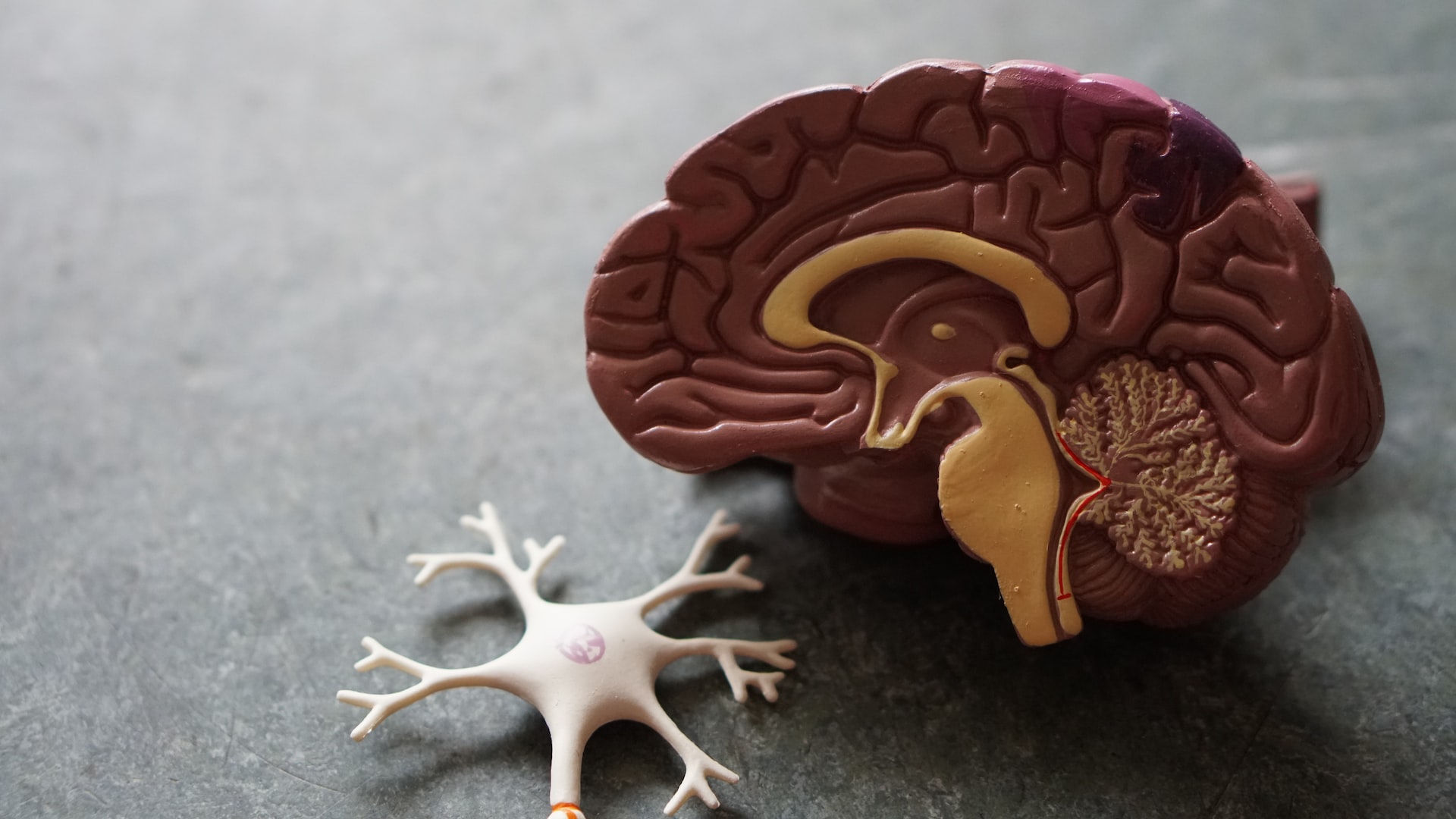Tell me about creutzfeldt jakob disease cause
Creutzfeldt-Jakob disease (CJD) is a rare, degenerative brain disorder that affects approximately one in every million people worldwide. It is a fatal disease that progresses rapidly, causing severe damage to the brain and ultimately leading to death. CJD belongs to a group of diseases known as prion diseases, which are caused by an abnormal protein called prion.
The exact cause of CJD is still unknown, but researchers believe that it is caused by an abnormal form of a protein called prion. Prions are found in the brain and other parts of the body and are usually harmless. However, in some cases, they can become misfolded and clump together, leading to damage to brain cells and tissue.
There are several forms of CJD, including sporadic, familial, and acquired. The most common form is sporadic CJD, which accounts for about 85% of all cases. It occurs spontaneously without any known risk factors or genetic predisposition. Familial CJD is inherited from a family member who carries a genetic mutation that increases the risk of developing the disease. Acquired CJD is caused by exposure to infected tissues or contaminated medical instruments.
Sporadic CJD is believed to be caused by a spontaneous mutation in the prion protein gene, which results in the production of abnormal prions. This mutation can occur at any time in a person’s life, and there is no known way to prevent it. It is not inherited, and there is no evidence to suggest that it can be passed on to other individuals.
Familial CJD, on the other hand, is caused by an inherited genetic mutation that affects the production of prions. If a parent carries a faulty gene, their children have a 50% chance of inheriting it and developing the disease. In rare cases, this genetic mutation can occur without any family history of the disease.
Acquired CJD is caused by exposure to infected tissues or contaminated medical instruments. For example, in the past, there have been cases of CJD being transmitted through contaminated surgical instruments or from infected human growth hormone injections. However, strict regulations and proper sterilization techniques have significantly reduced the risk of this type of transmission.
The symptoms of CJD usually appear in individuals between the ages of 40 and 60, but they can occur at any age. The early symptoms are often subtle and may include difficulty remembering recent events, changes in behavior, and coordination problems. As the disease progresses, these symptoms worsen, and individuals may experience severe mental impairment, muscle stiffness, and involuntary movements. In the later stages, individuals may become bedridden and lose the ability to communicate or care for themselves.
Unfortunately, there is no cure for CJD, and treatment options are limited. The disease progresses rapidly, and most people with CJD die within a year of their diagnosis. Treatment mainly focuses on managing symptoms and providing comfort care to the patient.
In conclusion, the exact cause of CJD remains unknown, but researchers continue to study the disease to learn more about its origins. It is a rare and devastating disease that can affect anyone, regardless of age or family history. With no cure, the best defense against CJD is awareness and early detection of symptoms. If you or a loved one experience any concerning neurological symptoms, seek medical attention immediately to rule out any underlying conditions, including CJD.





